Jordan, situated at the crossroads of civilizations, is soaked in culture and history, its rich past on display at every step. The capital,
Amman, is no exception. It is distinguished by its historic streets and alleyways, silent witnesses to events, cultures, and development. Visitors to Amman might be interested in some of its most iconic streets:
اضافة اعلان
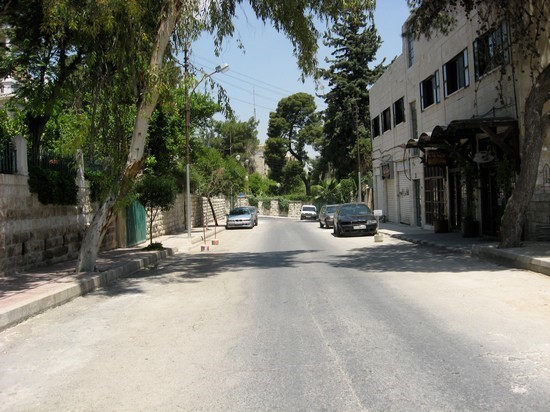
Mango
Street is a historic street in the
Jabal Amman neighborhood, close to
the First Circle and downtown. The street is officially known as Omar bin
al-Khattab Street; its popular name comes from the Mango House, which is
located at the intersection of Mango and Rainbow streets. It is an example of a
new style of Jordanian architecture that differs from the houses built in the
area during the 1920s and 30s, as well as from its 1940s contemporaries. The
house is built with smooth rose stone and has numerous wrap-around balconies
Mango Street is lined with ancient houses, many of
which are Ottoman. Al-Mufti House, known for its nice architecture and the fact
that it was home to the late Said Pasha al Mufti, a Jordanian political figure
of Circassian origin who served multiple times as prime minister between 1950
and 1956, is located across the street from the Mango House.
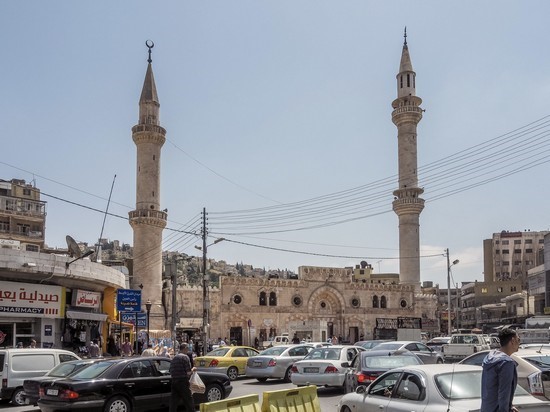
King
Talal Street is one of Amman’s oldest. People may refer to it as Talal
Street. Clothing industries, grocers, and artisan shops of Circassian
silversmiths and ironsmiths were once commonplace. The Halal Market, the
Laundry Shop, Al Nasr Cinema, Al Manshiyya, and Petra Cinema were located at
the street’s entrance, next to the Great Manshiyya and the Mills.
King Talal Street is where Amman, began. It is now
one of Amman’s longest and most populated streets, following its refurbishment
in the early 1950s and the extension of the buildings to the Muhajerin Bridge.
Most tourists begin their visit of downtown Amman,
the city’s heart, on King Talal Street, from which other historical streets
branch out.
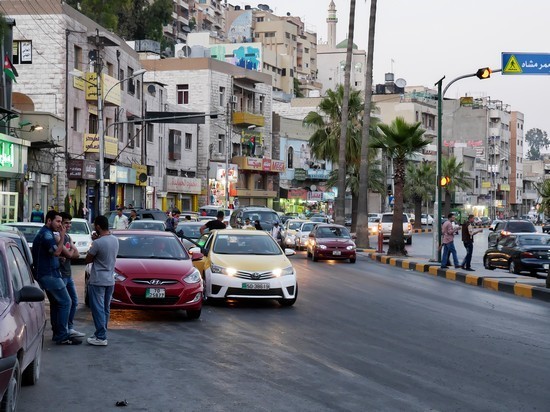
Al
Hashimi Street extends from the square of the
Al-Husseini Mosque to the
area of the Hashemite Square, where the old Raghadan Bridge is. One of the
oldest in Amman it is the street on which King Abdullah I used to walk every
week on his way to Friday prayers. It was named after the Hashemites.
In the past, there used to be many different
businesses and doctors’ clinics on the street; now there are many historic and
modern oriental antiquities shops, as well as the
Roman Theater and the
Hashemite place.
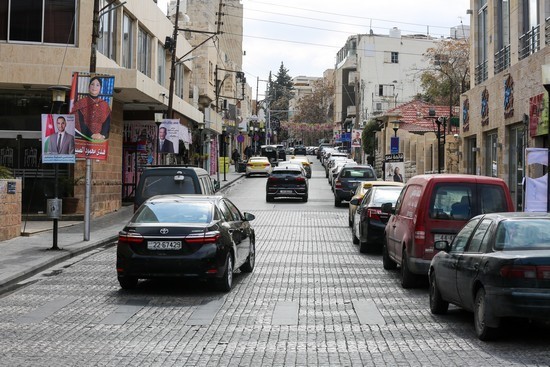 Rainbow Street
Rainbow Street,
formerly known as Abu Bakr al Siddiq Street, in the historic Jabal Amman
district.
The roadway, which
extends east from the First Circle to Mango Street, offers many attractions and
interests. The street runs in front of the British Council building and the
Rainbow Theater.
One of Amman’s best-known thoroughfares, Rainbow Street is a popular destination for both tourists and locals.
One of Amman’s
best-known thoroughfares,
Rainbow Street is a popular destination for both
tourists and locals. It is home to some of the capital’s most popular
attractions, including restaurants, cafés, and art shops. The street is sought
by many because of its local charm and vibrant energy.
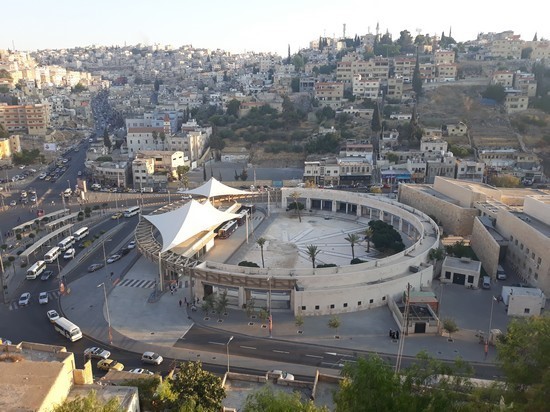
Ras Al Ain Street was
previously known as Al-Ain Street, due to the presence of a large spring of
pure drinking water near the
Greater Amman Municipality’s Al-Hussein Cultural
Center building, at the end of the Ras Al-Ain area.
The Circassian Al
Ahly Club and the Amman Power Station were located on this street.
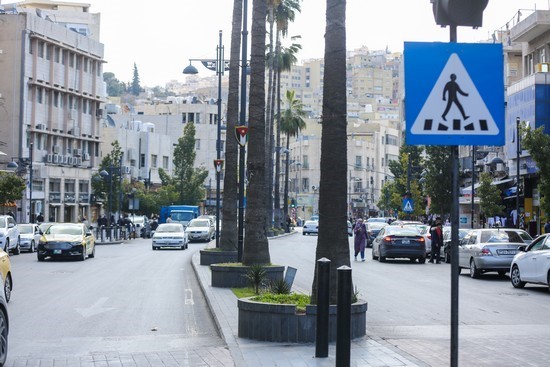 Faisal Street
Faisal Street,
located in the central area of downtown, is also known as Faisal Square.
Because of its width, many national celebrations and ceremonies were held on
this street.
Many old buildings
and houses are found along the street. The old municipality building, Hamdan
Café and Al Shalati Café used to be located where the Mango market now exists.
Read more Around Jordan



